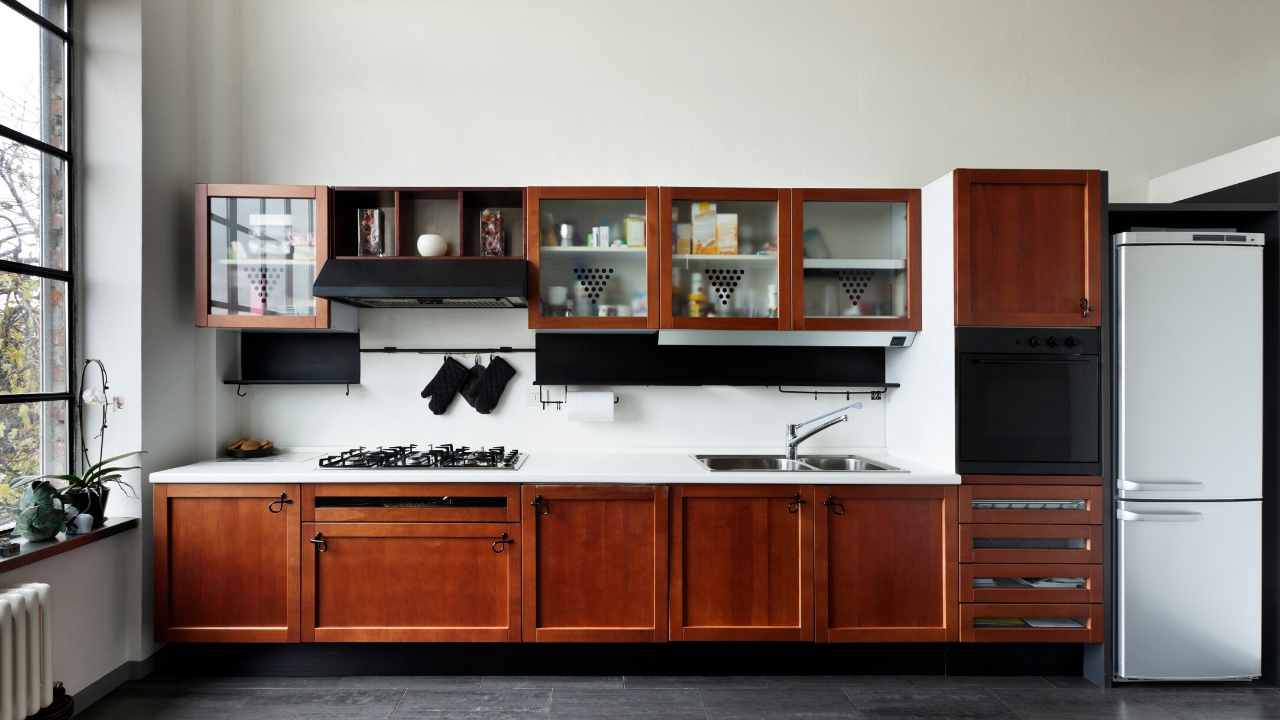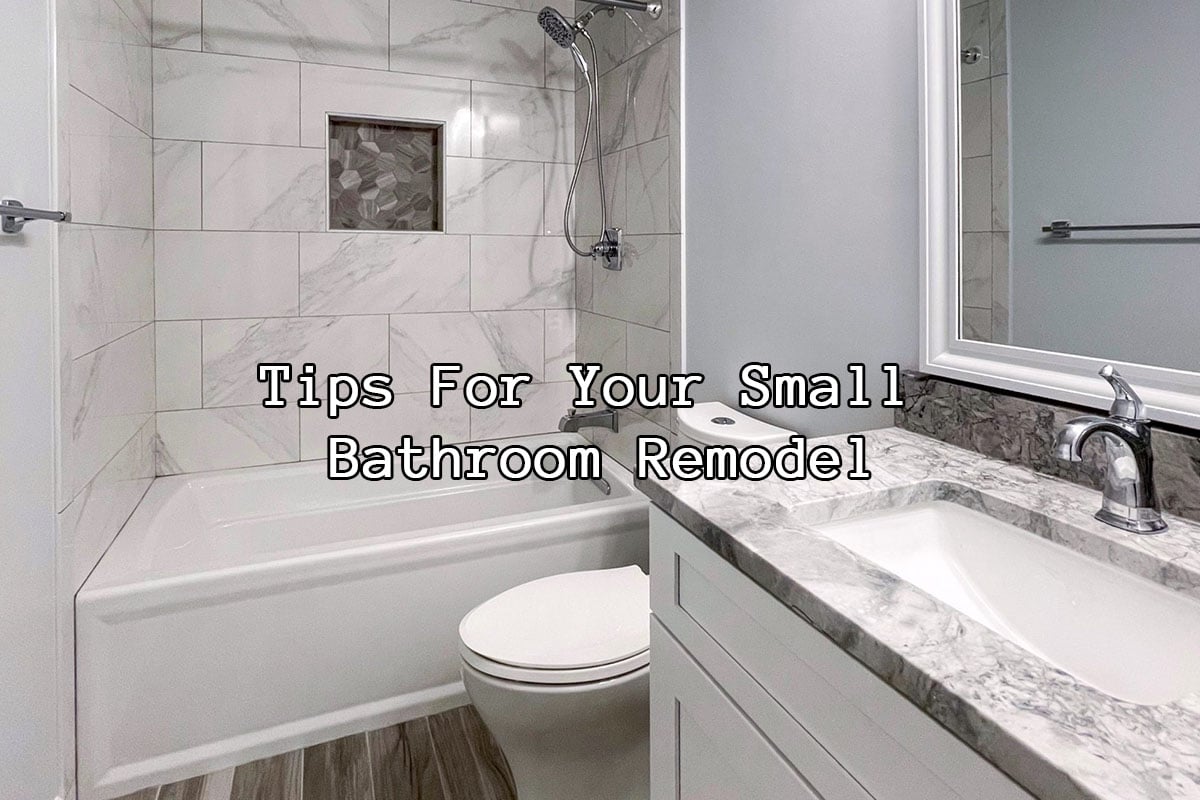
Before you decide whether to tear down a wall or not, you should know what its materials are. Non-load-bearing walls are more difficult to remove. Bashing them with hammers can prove dangerous and messy. It's better to remove walls in layers, similar to peeling onions. First you need to remove any items within the wall. After that, you need to remove the wallpaper. Once you're done, cut down the existing studs and remove any remaining wall-supporting structure.
Before you can start, it is important to determine if the wall has load bearing capacity. This is more difficult if your wall is brick-built. For this situation, you will need to get a report from a structural engineering engineer. The next step will be to determine if the wall has any plumbing in it. You will need to route the pipes and outlets if they are. Removal of load-bearing walls could be dangerous.

Removing a wall is a great idea for renovating an old house. This is a great idea to increase the space in your home and make it more inviting. Once you have this information, you can get started on a design. A wall can be removed to create more space in your home. You must protect your property. Be mindful of the effects on surrounding areas when tearing down a room.
Before you start tearing down walls, it is important to determine if they are load-bearing. Examining a wall closely can often tell you if it is load-bearing. If you are working from a second floor you should inspect the crawlspace and basement for drains. Next, you can begin to remove the wall. This is a fantastic way to make the room more open and allow more light in.
Before you start tearing down a wall you need to check for any plumbing. You should inspect the wall closely to determine if it is load-bearing. Many sinks have drains concealed in the wall. Be sure to inspect the pipes underneath it to make sure there are no obstructions. If you find them in the crawlspace, be sure to turn off water and power mains.

Turn off the water supply to the house and turn off circuit breakers. You should also consider the plumbing if you're tearing down an existing wall in a crawlspace. For instance, if the sink or toilet is backed up, it's likely a load-bearing wall. If you're removing a wall from a second floor, you can also look for other plumbing sources that are in the wall. You may also want to check the crawlspace.
FAQ
Is it possible to live in a house that is being renovated?
Yes, I can live in a house while renovating it
You can live in a house that is being renovated while you are renovating it. It depends on the length of the construction. If the renovation process takes less than 2 months, then your home can be lived in while it's being renovated. If the renovation takes longer than two weeks, however, you can't live in your home during the construction.
You should not live in your house while there is a major building project underway. This is because you could be injured or even killed by falling objects on the construction site. A lot of heavy machinery is used at the jobsite, which can lead to noise pollution and dust.
This is particularly true if you live on a multi-story home. In such cases, vibrations and noises from construction workers may cause irreparable damage to your property.
You will have to live in temporary accommodation while your home renovations are underway. This means you won’t have the same amenities as your own home.
For example, you will not be able to use your washing machine and dryer while they are undergoing repair. In addition to the unpleasant smells of chemicals and paint fumes, you will have to endure the noises made by workers.
All these factors can lead to stress and anxiety among you and your family members. It is therefore important to plan ahead so that you don't end up feeling overwhelmed by the situation.
When you decide to start renovating your home, it is best to do some research first so that you can avoid making costly mistakes along the way.
Also, it is a good idea to get professional help from a reputable contractor in order for everything to go smoothly.
How often should my furnace filter be changed?
The answer will depend on how often your family is going to use your heating system. It is worth changing your filter more often if you intend to spend a lot of time outside during winter months. However, if you rarely go out of the house, you may be able to wait longer between changes.
A furnace filter should last for approximately three months. This means you should change your furnace filters once every three months.
For information on when to replace your filter, you can consult the manufacturer. Some manufacturers recommend replacing your filter after each heating season, while others suggest waiting until there is visible dirt buildup.
How much does it set you back to renovate your house?
Renovations can cost from $5,000 to $50,000. Renovations can cost homeowners anywhere from $10,000 to $20,000
How important does it matter to be pre-approved before you apply for a loan
Getting pre-approved for a mortgage is very important because it gives you an idea of how much money you need to borrow. It also helps you determine whether or not you qualify for a particular loan program.
Can I renovate my whole house myself?
If you are able to do it yourself, why not pay someone else?
It doesn't matter how much you love DIY, there are times when you simply cannot do it yourself. You might not be able control many of the variables.
You might discover that the wiring in your home is not up to date. In this case, you'll need to hire an electrician to ensure that your electrical system works safely and reliably.
You also need to consider the fact that you might not be able to handle any kind of structural damage that might occur during the renovation process.
In addition, you might not have the tools necessary to complete the job properly. You will need a special tool called the plumber's snake to clean clogged pipes if you plan to install a kitchen sink.
You will also need a licensed plumber to work on your plumbing project.
The bottom line is that you need to know exactly what you are capable of doing before you embark on such a big task.
If you are unsure whether you can tackle the job yourself, ask for help from friends and family members who have done similar projects before.
They can provide advice on the best steps to take and places to find more information.
How do I choose the right contractor?
Ask your family and friends for recommendations when choosing a contractor. You can also look online for reviews. Look online for reviews to ensure the contractor you choose is experienced in the construction area you are interested. Request references and make sure to verify them.
Statistics
- It is advisable, however, to have a contingency of 10–20 per cent to allow for the unexpected expenses that can arise when renovating older homes. (realhomes.com)
- The average fixed rate for a home-equity loan was recently 5.27%, and the average variable rate for a HELOC was 5.49%, according to Bankrate.com. (kiplinger.com)
- On jumbo loans of more than $636,150, you'll be able to borrow up to 80% of the home's completed value. (kiplinger.com)
- Design-builders may ask for a down payment of up to 25% or 33% of the job cost, says the NARI. (kiplinger.com)
- A final payment of, say, 5% to 10% will be due when the space is livable and usable (your contract probably will say "substantial completion"). (kiplinger.com)
External Links
How To
How do I plan a whole house remodel?
Planning a whole house remodel requires careful planning and research. Before you begin your project, there are many things to think about. You must first decide what type home improvement you want. You could choose from different categories such as kitchen, bathroom, bedroom, living room, etc. Once you have decided which category you wish to work in, you will need to determine how much money you have to spend on your project. If you have never worked on homes, it is best to budget at most $5,000 per room. If you have some experience, then you might be able to get away with less than this amount.
Once you've determined the amount of money you can spend, you need to decide how large a job you want. If you have only enough money to remodel a small kitchen, you may not be able add new flooring, countertops, or paint the walls. However, if enough money is available to complete a kitchen renovation, you should be able handle most things.
The next step is to find a contractor who specializes in the type of project you want to take on. This will guarantee quality results, and it will save you time later. After finding a good contractor, you should start gathering materials and supplies. It depends on how large your project is, you might need to buy everything made from scratch. However, there are plenty of stores that sell pre-made items so you shouldn't have too much trouble finding everything you need.
Now it's time for you to start planning. To begin, draw a sketch of where you would like to place furniture or appliances. The next step is to design the layout of the rooms. Make sure that you leave space for plumbing and electrical outlets. It is a good idea to place the most important areas nearest the front door. This will make it easier for visitors to access them. The final step in your design is to choose colors and finishes. Keep your designs simple and in neutral tones to save money.
Now that you're finished drawing up your plan, it's finally time to start building! Before you start any construction, be sure to check the local codes. Some cities require permits. Other cities allow homeowners without permits. You will need to first remove all walls and floors that are not required for construction. To protect your flooring, you will lay plywood sheets. You will then attach or nail pieces of wood together to make the cabinet frame. Finally, attach doors and windows.
There are some final touches that you will need to make after you are done. You might want to cover exposed pipes or wires. You will need to use tape and plastic sheeting for this purpose. Mirrors and pictures can also be hung. Be sure to tidy up your work space at all costs.
These steps will ensure that you have a beautiful and functional home, which will save you tons of money. Now that you have a basic understanding of how to plan a house remodel, it's time to get started.